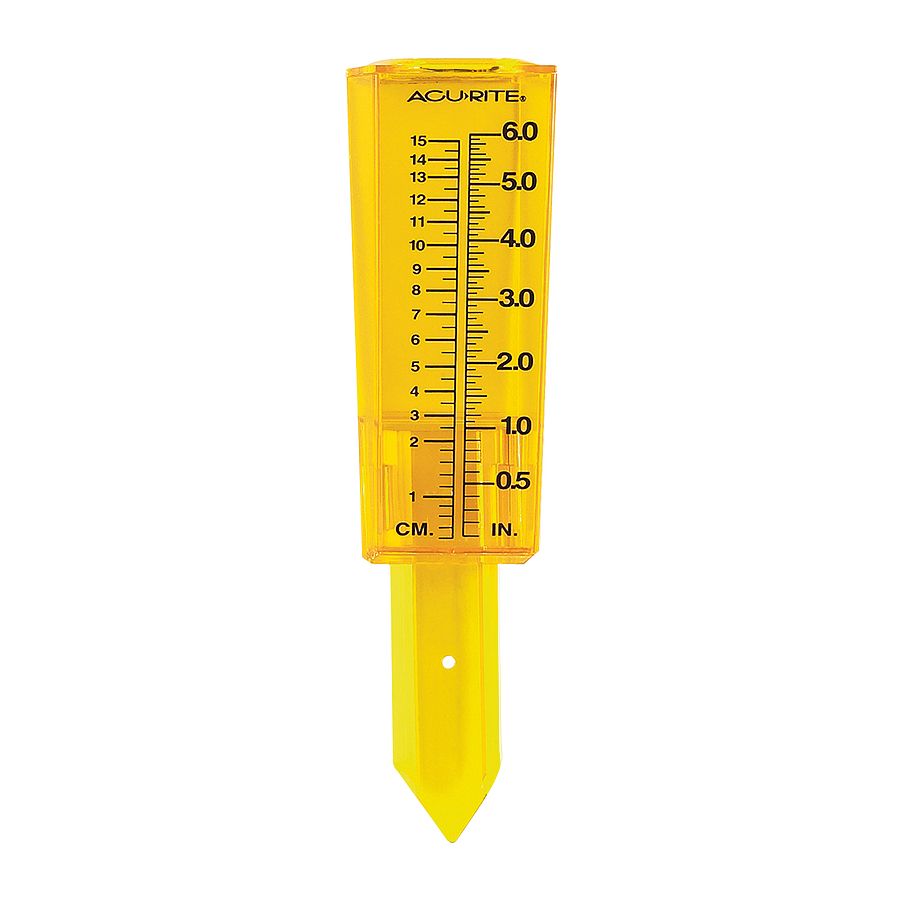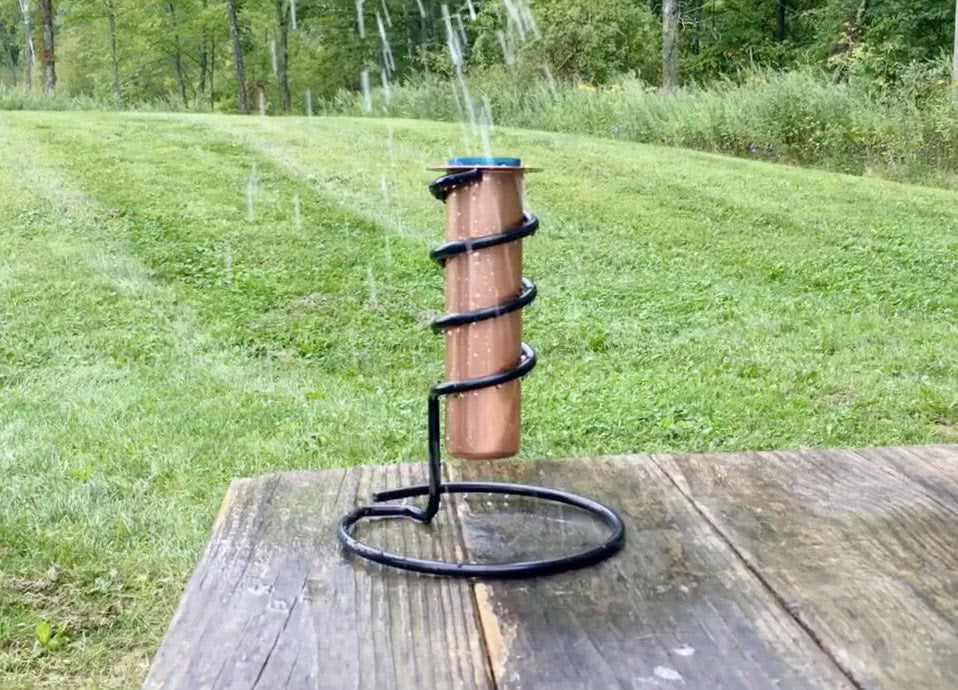The Rain Gauge: Necessary Info and Best Practices for Weather Condition Enthusiasts
The Rain Gauge: Necessary Info and Best Practices for Weather Condition Enthusiasts
Blog Article
DIY Rainfall Scale: Easy Actions to Make Your Own
Creating your very own Do it yourself rain gauge is a straightforward and efficient way to videotape and measure precipitation. With simply a couple of common materials and some fundamental actions, you can easily construct your very own rainfall gauge at home. Allow's obtain started on making your DIY rainfall scale today!
Gather Products
To begin building your Do it yourself rain gauge, gather all the needed materials using a comprehensive list of items. Having the appropriate materials on hand will certainly ensure the successful creation of your rainfall scale and permit for exact dimensions of rains. Gathering these products ahead of time will certainly improve the construction process and ensure that you have everything you require to create your own Do it yourself rain gauge.
Prepare the Container

Mark the Dimension Increments
To accurately determine the quantity of rains, accurately noting the measurement increments on your DIY rainfall gauge is essential. Without specific and clear markings, it would be difficult to identify the exact quantity of rains collected in your rain scale. Right here are the actions to note the measurement increments on your rain scale.
The most usual units for measuring rainfall are inches and millimeters. Once you have actually picked the unit, make use of a permanent marker or water resistant paint to note the increments on the side of your rain scale.
When noting the increments, it is important to ensure that they are evenly spaced and plainly visible. Utilize a leader or determining tape to make certain accuracy and uniformity. Additionally, make certain that the markings are immune to fading or abrading, as exposure to the components might cause them to weaken with time.
Place the Rain Gauge Outdoors
The rain scale ought to be placed outdoors to accurately gather rainfall data. The area picked for the rain scale should be open and totally free from any obstructions that can potentially affect the dimension of rains. The Rain Gauge.
Furthermore, it is important to place the rain gauge on a secure surface, such as a degree ground or a durable blog post. This will certainly protect against any type of movement or tilting of the gauge, which might result in imprecise dimensions. It is additionally suggested to prevent placing the gauge near any kind of resources of fabricated water, such as sprinklers or water drainage systems, as this could disrupt the accuracy of the measurements.
Screen and Document Rainfall Information
Regular surveillance and recording of rainfall information is necessary for exact data you could try this out evaluation and analysis. By maintaining track of rainfall measurements, you can gain valuable understandings right into climate patterns, climate trends, and water source monitoring. To effectively keep an eye on and videotape rainfall data, it is essential to establish a routine and maintain constant techniques.
To start with, ensure that your rainfall gauge is placed in an open area far from obstacles such as trees or buildings that might block rains. Furthermore, ensure the rain gauge is level and securely anchored to protect against any kind of motion that could impact the precision of the dimensions.

When taping the rainfall data, it is necessary to keep in mind the day and time of each dimension. Make use of a leader or a measuring stick to establish the rains deepness in the rainfall scale, and record this info precisely.
To make certain the precision of the dimensions, it is advised to clear the rainfall gauge after each recording. This will avoid any overflow or evaporation from impacting subsequent dimensions.
Verdict
To conclude, developing a DIY rain scale is a simple and sensible way to keep track of and videotape rains information (The Rain Gauge). By complying with the actions outlined in this post, you can quickly collect products, prepare the container, note the measurement increments, and place the rain gauge outdoors. Frequently keeping track of and videotaping rains data can give important info for numerous purposes
Having the right products on hand will certainly make certain the effective development of your rainfall scale and permit for exact dimensions of rains.To precisely determine the quantity of rains, accurately marking the measurement increments on your Do it yourself rainfall scale is crucial.The rain scale ought to be positioned outdoors to properly gather rains information. The area chosen for the rain gauge ought try this site to be Read More Here open and cost-free from any type of obstructions that might potentially affect the dimension of rainfall.In final thought, producing a DIY rain scale is a simple and functional means to keep an eye on and tape rains information.
Report this page